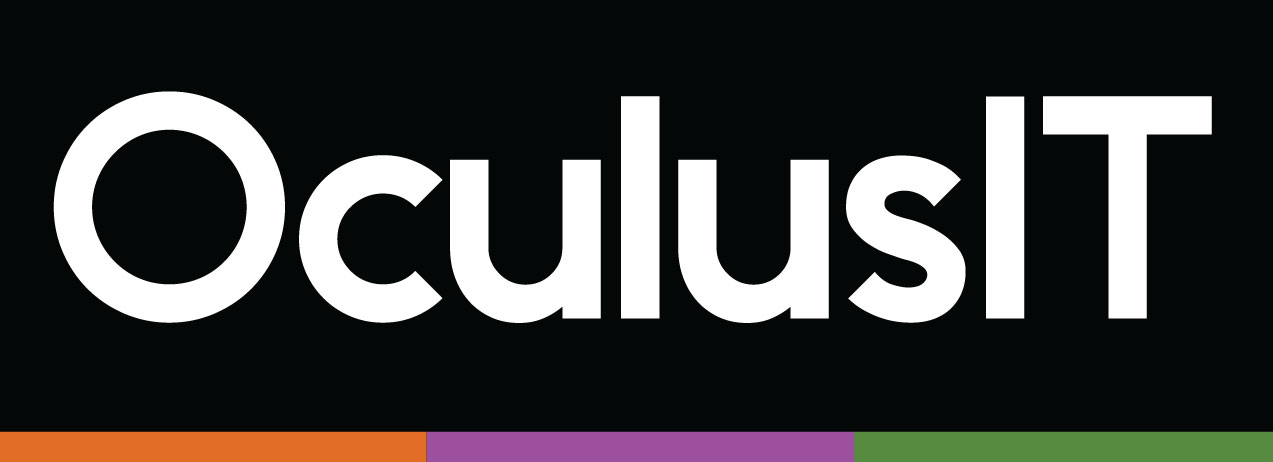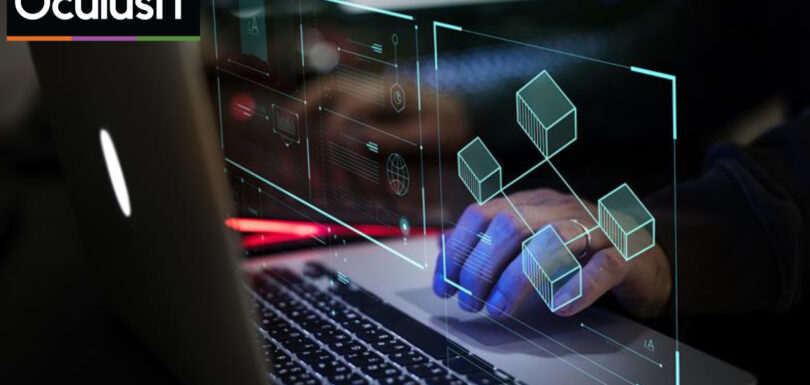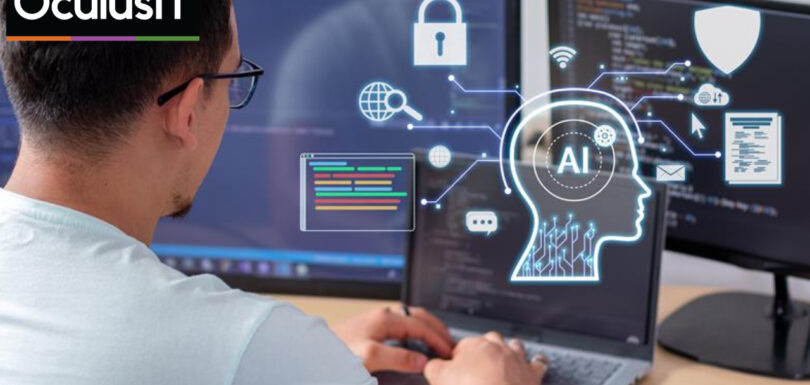Navigating Cybersecurity in 2025: A Strategic Guide for Community Colleges
Navigating Cybersecurity in 2025: A Strategic Guide for Community Colleges April 7th, 2025 Digital threats are evolving at breakneck speed, community colleges must adapt to protect their institutions. As cyberattacks grow in sophistication, it’s crucial for these academic establishments to understand the emerging trends and adopt strategic measures to safeguard sensitive data, secure campus systems, and ensure continuity in education. The Evolving Cyber Threat Landscape The cyber threat landscape is rapidly transforming, and community colleges face unique challenges compared to larger universities. Limited budgets, older legacy systems, and often insufficient in-house cybersecurity expertise make community colleges particularly vulnerable. With 2025 on the horizon, institutions must be proactive in addressing these risks. Trend 1: AI and Machine Learning in Cyber Defense Artificial Intelligence (AI) and machine learning are revolutionizing how threats are detected and neutralized. AI-driven tools can analyze vast amounts of data in real time to identify unusual patterns and potential vulnerabilities before they lead to a breach. For community colleges, investing in AI-powered threat detection means enhanced responsiveness and a reduction in false positives, enabling IT teams to focus on genuine risks. Trend 2: Zero Trust Architecture The traditional security perimeter is no longer sufficient in today’s cloud-first environment. Zero Trust Architecture, which operates on the principle of “never trust, always verify,” is becoming the gold standard. Community colleges need to implement strong identity and access management policies and enforce strict verification for every user, whether on campus or remote. This shift not only minimizes risks but also supports the dynamic needs of modern education. Trend 3: Ransomware and Evolving Malware Tactics Ransomware attacks are on the rise, and cybercriminals are continuously refining their methods. These attacks can cripple an institution by locking access to critical data and systems until a ransom is paid. For community colleges, which might already be operating on tight budgets, the financial and reputational damage of a ransomware incident can be devastating. Preparing for such threats involves regular data backups, endpoint protection, and comprehensive incident response plans. Trend 4: Cloud Security and Hybrid Environments As more institutions adopt cloud-based services and hybrid IT environments, securing these platforms is paramount. Community colleges must ensure that both on-premises and cloud systems are protected by consistent security policies, strong encryption, and continuous monitoring. The integration of cloud security best practices helps institutions maintain flexibility while mitigating risks. Trend 5: Regulatory Compliance and Data Privacy In an increasingly regulated environment, compliance with data privacy laws such as GDPR and GLBA is essential. Community colleges often handle vast amounts of student and research data, making them prime targets for cyberattacks. Ensuring that security practices are up-to-date and compliant not only protects data but also builds trust with students and stakeholders. What Community Colleges Need to Do Understanding these trends is just the first step. To build a resilient security framework, community colleges should consider the following actions: Invest in Managed Security Services:Partner with experienced providers like OculusIT to leverage expert cybersecurity leadership and cutting-edge tools. Managed security services help institutions streamline their security operations and reduce the burden on in-house teams. Adopt Advanced Technologies:Implement AI-powered threat detection, zero trust frameworks, and advanced cloud security measures to protect critical systems and data. Prioritize Training and Awareness:Regular cybersecurity training for staff and faculty ensures that everyone is aware of potential threats and follows best practices. This proactive approach can significantly reduce risks. Develop a Comprehensive Incident Response Plan:Preparing for a potential breach is crucial. A well-defined incident response plan ensures that your institution can quickly contain and remediate any cyberattack, minimizing downtime and impact. Regular Audits and Compliance Checks:Periodically review and update your security protocols to remain compliant with evolving regulations and to address new vulnerabilities. Why This Matters The stakes in higher education cybersecurity have never been higher. Community colleges play a vital role in shaping future leaders, and a security breach can compromise not only institutional operations but also the trust of students, parents, and partners. By proactively embracing cybersecurity trends for 2025, community colleges can secure their digital environment, enhance operational efficiency, and ultimately support academic excellence. Ready to Future-Proof Your Institution?Contact us today to learn how OculusIT can help you navigate the evolving cybersecurity landscape and safeguard your campus for 2025 and beyond.










